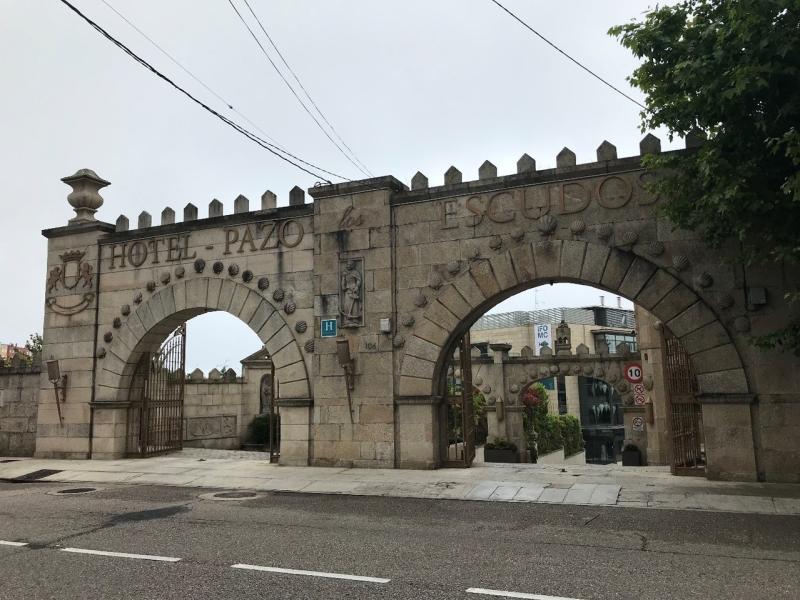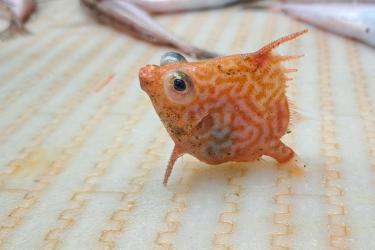In June, the 9th International Fisheries Observer and Monitoring Conference was held in Vigo, Spain, bringing together fisheries scientists, managers, observers, and vendors from around the world.
On the third day of the conference, a workshop on electronic monitoring was among the offerings. The primary goals of the EM workshop were to:
- Build a shared understanding of the current state of EM technology.
- Expand networks among participants.
- Visualize the use of EM.
The workshop was led by Brett Alger and Lisa Peterson (NOAA Office of Science and Technology), Dave Colpo and Courtney Paiva (Pacific States Marine Fisheries Commission), Gabriel Gomez (Marine Instruments), and Howard McElderry (Archipelago). More than 100 participants from 26 countries attended.
The first half of the workshop addressed the basic uses of EM and provided examples of
successes and challenges, with a focus on facilitating discussion among participants. To ensure these discussions included a variety of experiences, and so that participants could get to know others outside their own network, participants were randomly assigned to tables. Each group proposed ideas for how EM could address management objectives and identified barriers to implementation, such as: the negative perception of EM and the lack of incentives for fishermen to adopt it, costs of both technology and review of data, and the issue of who pays these costs. Participants also discussed the great potential of EM--how managers could use it to estimate bycatch, discards, effort and catch, and how fishermen could use it to reduce safety risks at sea and to ensure their fish are caught sustainably.
In the second half of the workshop, participants were organized by EM topic, including: landing
obligations, data sharing, trawl and bottomfish, incentives and collaboration, tuna, small-scale fisheries, and machine learning. Even with this wide variety of topics, a few common observations emerged. Many groups noted the need for standards, both for the technology itself and the data produced by EM. Another common thread was the need for collaboration across programs, both for general data sharing and as a way to integrate different tools and experiments to address small-scale fisheries. During their discussion on incentives and collaboration, that group discussed the need to identify champions in both the government and the fishing industry to continue to expand EM around the globe. They also discussed the importance of engaging stakeholders early and often, and ways to more actively present the benefits of EM to the commercial fishing community.
For more information on the 2018 conference, see "NOAA Front and Center at International Fisheries Observer Conference." The next conference will be held in 2021 in Hobart, Tasmania.




